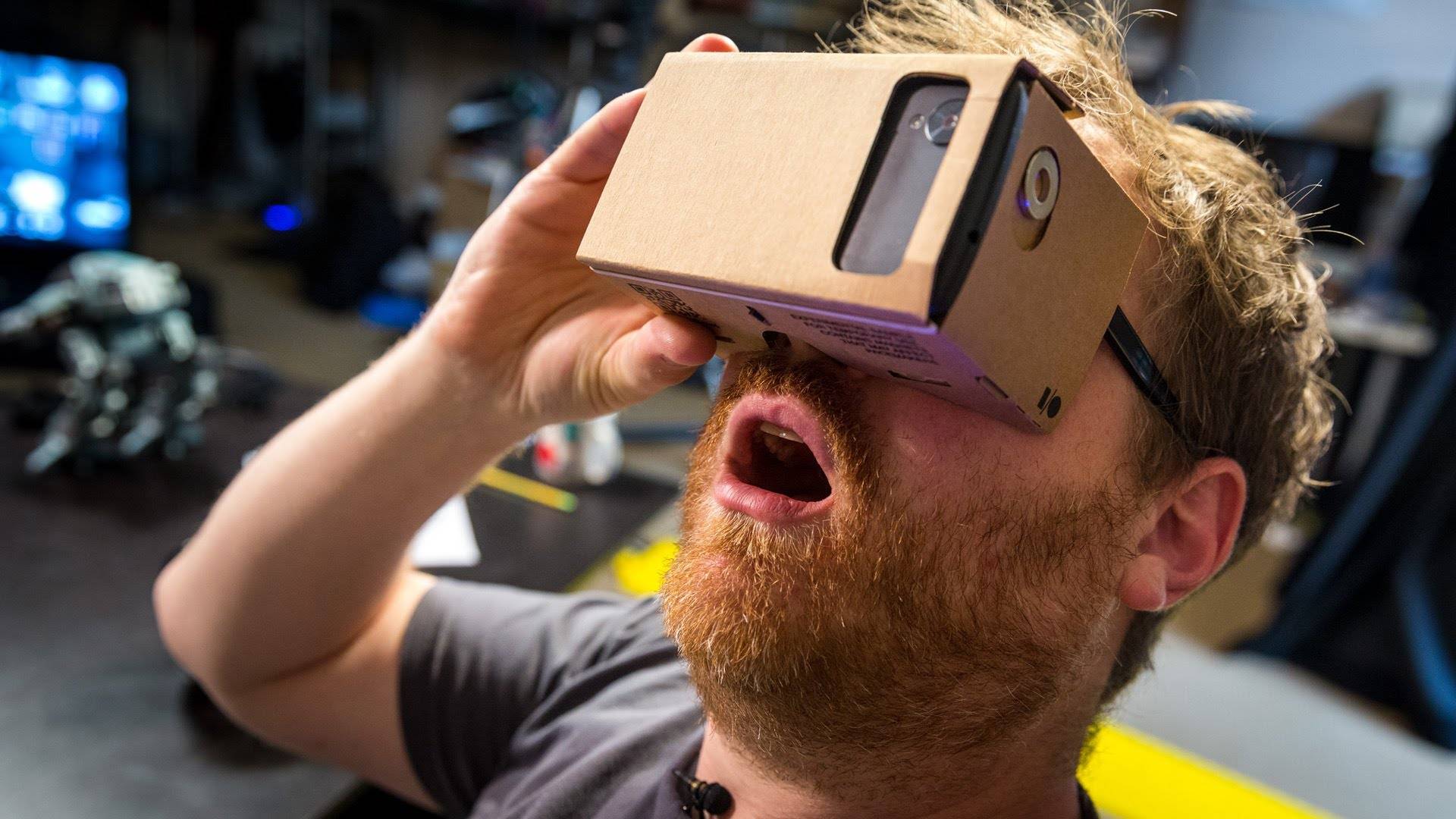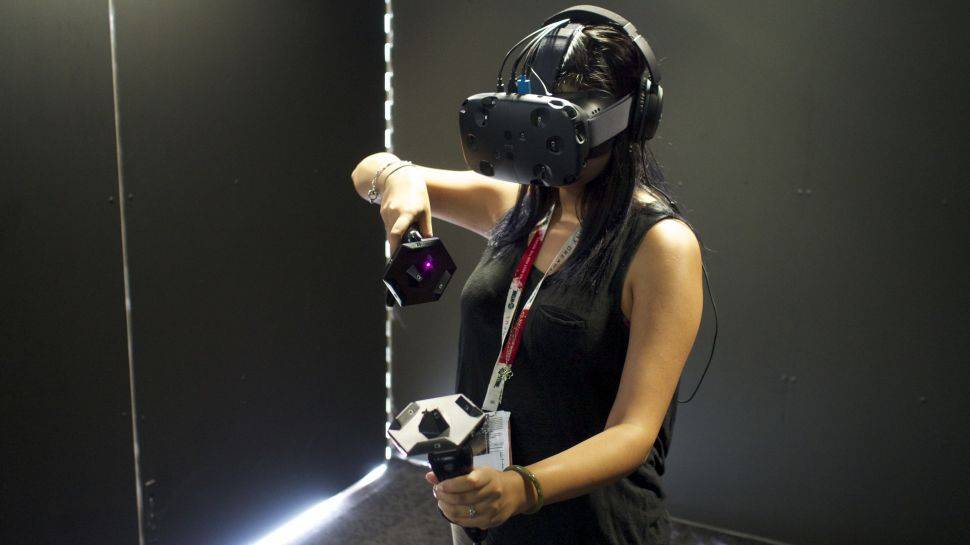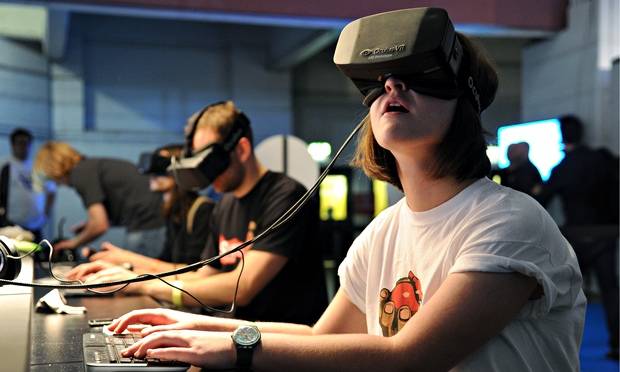
One can argue that it is the ubiquity of the smartphone – and the ridiculous amount of computing and graphics power a single smartphone unit can have these days – that kickstarted the virtual reality (VR) revolution we are experiencing today. People grew mildly interested in VR around the 90s but the technology was just not available then. With smartphones relatively everywhere, the accompanying VR technology has had a pretty strong foundation to launch from.
But Google wants to take the step of separating VR from the smartphone. Today, most VR headsets – including Google’s own do-it-yourself VR project called Cardboard – are still reliant on the power and the hardware of a smartphone to do the computing and rendering of VR and 3D graphics. Having a stand-alone VR device that doesn’t rely on a smartphone, computer, or console would be a first in this rapidly evolving VR landscape.

According to insiders, the headset will include a screen, high-powered processors and outward-facing cameras. Google plans to use chips from startup Movidius Inc. to track the motion of the user’s head, the source intimated. If you remember, high-end headsets like the Oculus Rift still need a high-powered PC and external cameras to track users’ motion.

There is no clear timing yet as to when this stand-alone viewer will be released. That said, Google is planning to release a more advanced version of Google Cardboard in its developer conference in May. The new Cardboard could have its own system and sensors, sources say.









